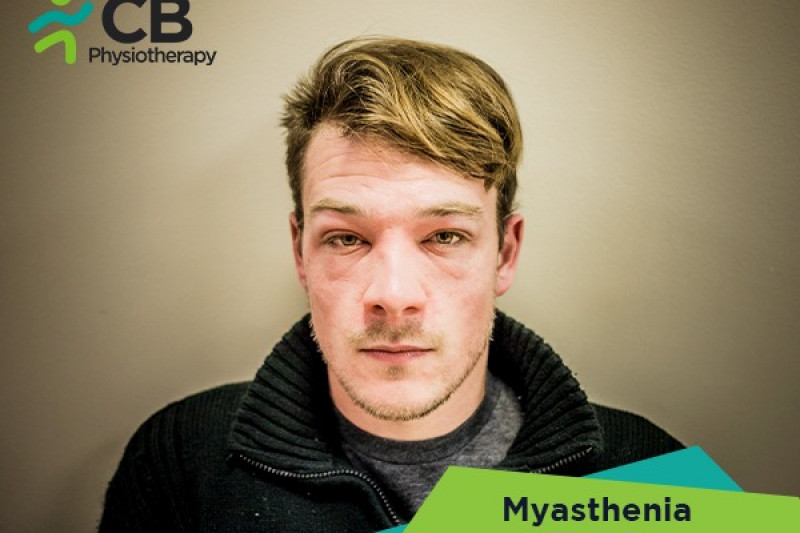
Myasthenia gravis (MG), a neuromuscular disorder causes weakness of the skeletal muscles. It occurs due to the impairment of communication between nerve cells and muscles, which prevents the contraction of muscles, resulting in muscle weakness.
This condition is characterized by fatigue and weakness of the muscles which are under voluntary control. Though myasthenia gravis has no cure, symptoms can be relieved by the treatment. This disease is common in women younger than 40 and men older than 60.
Myasthenia Gravis patient mainly suffers from weakness in the voluntary skeletal muscles which usually aggravates with activity and improves with rest. Other symptoms include:
Myasthenia gravis is an autoimmune disease caused due to:
Pathology
Myasthenia gravis (MG) is an autoimmune disease, caused by antibodies against the acetylcholine receptor (AChR), which produces a compromise in the end-plate potential.
Physical and neurological examination
Blood analysis:
Blood analysis reveals the presence of abnormal antibodies that can disrupt the receptor sites where nerve impulses signal the muscle to move.
Repetitive nerve stimulation:
In this test electrodes are attached over the muscles to be tested, and then small pulses of electricity are sent through the electrodes to measure the nerve's ability to send a signal to the desired muscle.
Single-fiber electromyography (EMG):
This test measures the electrical activity traveling between the brain and the muscle. To test a single muscle fiber a fine wire electrode is inserted into the muscle and electrical activity is recorded.
Pulmonary function tests:
This test evaluates whether the condition affects breathing.
Imaging:
MRI OR CT scan is advised to check a tumor or any other abnormality in the thymus.
Medications: Pyridostigmine, Neostigmine, Dextroamphetamine, Methylphenidate, Steroids, etc.
Note: Medication should be taken under the doctor's prescription.
Range of motion exercises
The physiotherapist should progress first from a range of motion exercises to emphasize on joint flexibility. Range of motion exercises are recommended to maintain joint mobility and functionality. Exercises with low to medium intensity are recommended, 3 sets of 5repetitions, and then progressing to 10 repetitions.
Strengthening exercises
The aim is to strengthen the large muscle groups, especially the proximal muscles of the shoulders and hips. Mild to moderate intensity exercises should be started with patients, and progressed first from a simple range of motion exercises to light resistance in the form of resistance bands, progressed to full resistance exercises using machines and free weights. Strengthening exercises are advised and should be done under supervision.
Endurance exercises
Endurance exercises are taught to the patient with endurance impairment. Throughout the physiotherapy treatment session, the patient can make improvements in strength, endurance, and overall functional mobility of the body.
Aerobic exercises
Aerobic exercises play a vital role in helping with respiratory function and increasing stamina. Exercises are well tolerated in patients with Myasthenia Gravis, but should not be done when feeling tired and experiencing worsening of MG symptoms during exercise.
Balance exercises
Smoothness and coordination of activities are taught for the completion of functional tasks and maintenance of independence. Medium intensity exercises are recommended.
The patient is advised to plan daily activities, take adequate rest, adapt to the home, and use assistive equipment for help. Exercises should be done in moderation, eliminating unnecessary daily tasks and also concentrating on building and maintaining muscular strength.
Select your City to find & connect with our experts regarding Physiotherapy for Myasthenia Gravis (mg)